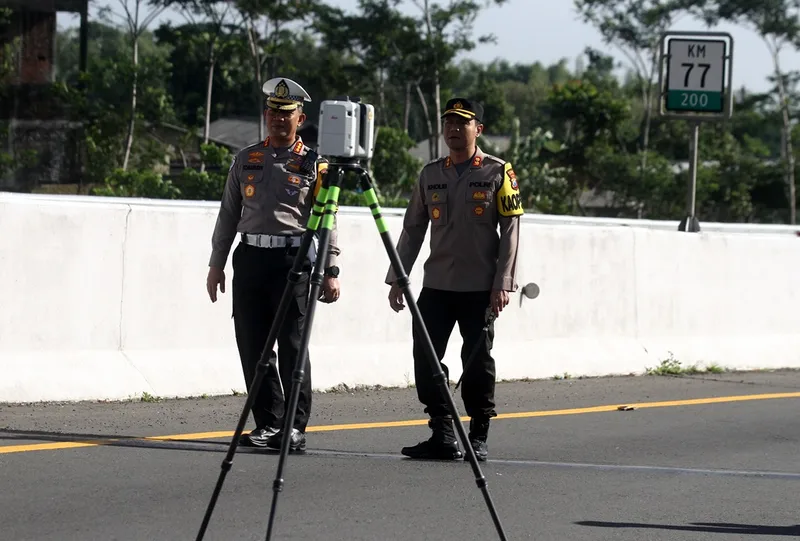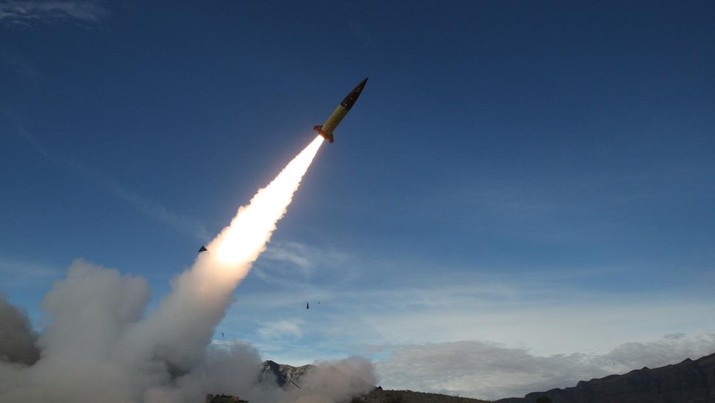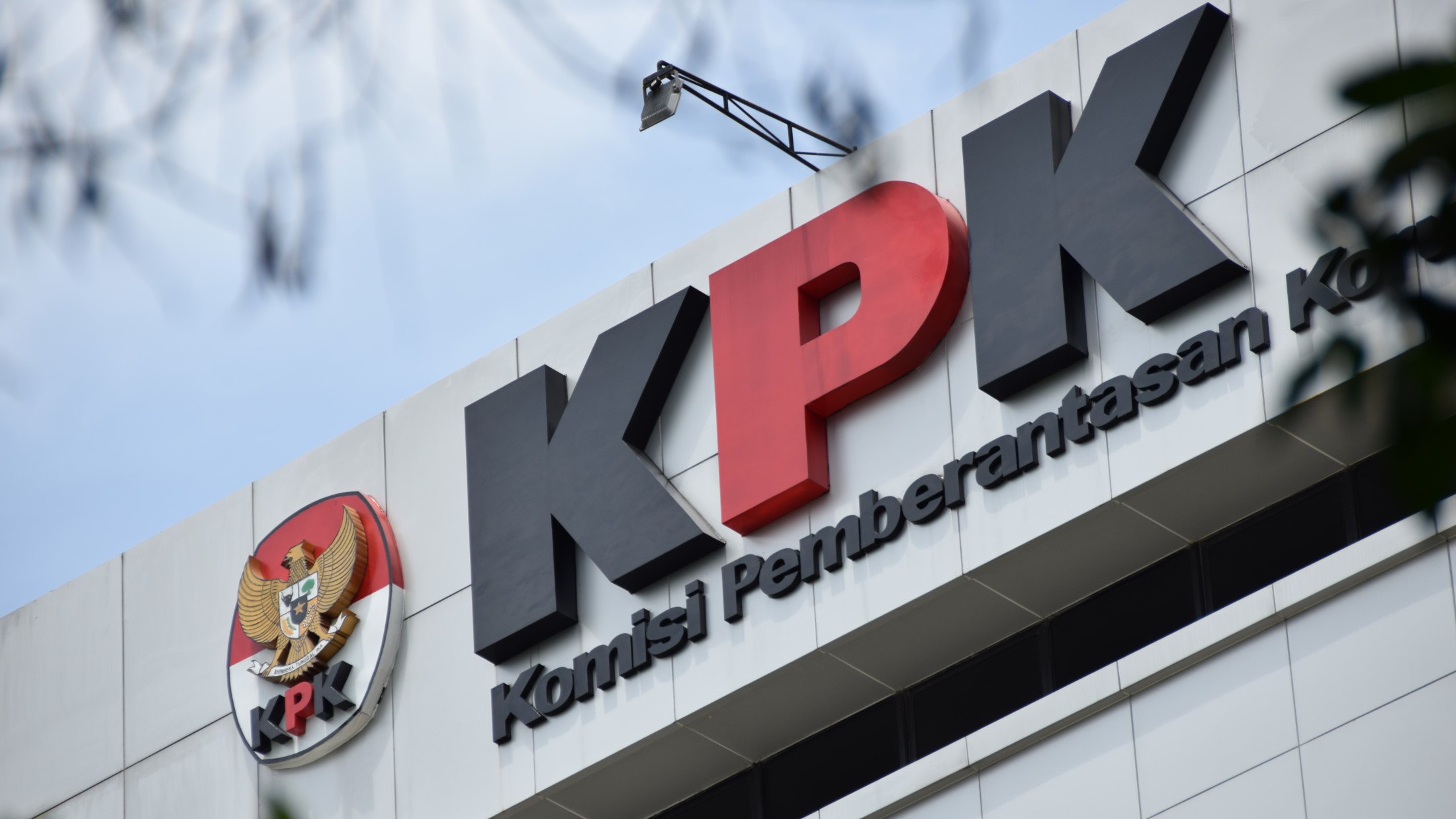The joint team from East Java Regional Police and Malang Police finally revealed the cause of the bus and truck accident on the Pandaan-Malang Toll Road Kilometer (KM) 77+200, which killed four students and injured dozens.
From the investigation results in the field and by obtaining witness statements, it was revealed that the cause of the accident was due to the truck’s engine temperature exceeding the normal limit or overheating, as well as a brake system malfunction.
“The overheated engine condition caused the truck to be unable to climb and stop on the roadside,” said Dirlantas Polda Jatim Kombes Pol Komarudin in Surabaya, Thursday (26/12).
The team has already examined the truck driver; based on the interrogation of the truck driver with the initials SW, his vehicle experienced overheating. “The vehicle (truck) was overheating,” he said.
At that moment, he continued, the driver intended to pull over on the shoulder of the road, then stopped the vehicle and got out of it.Then, the SW driver tried to control his stopped truck by chocking its rear wheels. “However, the chock was not perfect, causing the truck to slide down for a distance of 800 meters,” he said.
It was explained that the engine overheating was also based on the inspection results by the technical team from the truck’s manufacturer. In the inspection documents regarding the engine, radiator, handbrake, brake reservoir, and brake cylinder, it was found that the vehicle, which was carrying 11.2 tons of livestock feed at the time of the incident, suffered damage in the form of a broken radiator hose and brake condition issues.

From July to December, the vehicle underwent inspections, but not thoroughly. This is evidenced by the absence of the temperature and truck radiator inspection columns, which were not conducted in July and August. September, November, and December 2024.”In October, the inspection was only on this radiator because of the truck driver’s complaint, so the inspection was not comprehensive,” he said.
In addition, the truck experienced a malfunction in the braking system. So, when parked on a downhill shoulder due to the engine overheating, the truck rolled backward in the opposite direction.
When stopping on the roadside, the truck driver actually got out to chock the front wheels with wooden blocks, while the vehicle’s engine was still running.
“For large vehicles (trucks), when parked, the engine should be turned off, but at that time, the driver chose not to turn off the engine and the gear was not in neutral.” “This block should be at the back because the load is at the back,” he said.(H-2)






Leave a Reply